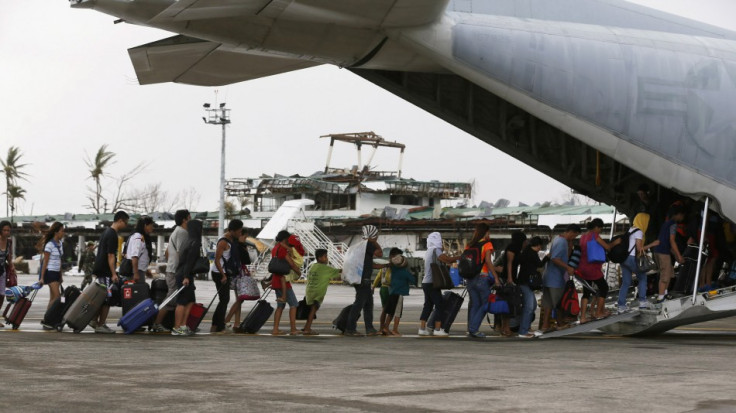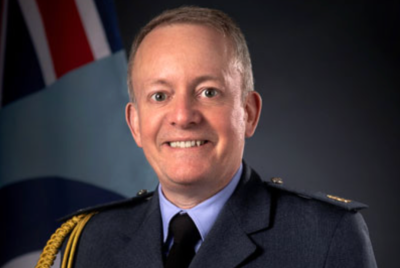Philippines Typhoon Haiyan Havoc: Relief Efforts Remain Paralysed
American warship USS George Washington to boost relief efforts and help rescue teams get through to victims in remote areas

Relief and rescue operations remained paralysed in the Philippines a week after monster typhoon Haiyan ravaged the country, although the imminent arrival of US aircraft carrier USS George Washington is expected to help the local authorities reach some inaccessible towns and villages.
The US Navy has said the carrier will arrive off the Philippines coast, along with its escort ships, to launch rescue and relief operations on an unprecedented scale.
Meanwhile the government raised its death toll estimate to 2,357, though disaster officials cautioned that the number could rise further as almost half the towns in the worst-affected Leyte province are still out of reach.
According to the Red Cross, cited by Reuters, the preliminary number of missing as of 13 November was 22,000, and this number could include people who have since been located.
The death toll, however, fails to reflect the scale of the human tragedy, with current estimates showing that as many as 11 million people have been affected by typhoon Haiyan, locally known as Yolanda.
The government's level of preparedness before the typhoon ripped through the islands and its response after the devastation are currently under scrutiny, with President Benigno Aquino facing pressure to speed up relief work.
Paralysed government agencies have not been able to make food, water and medicine readily available to the suffering survivors, while widespread looting of food shops and a stampede revealed the level of desperation.
Hygiene and sanitation challenges in the aftermath of the killer storm have not been addressed as yet. Alfred Romualdez, the Mayor of the worst-hit city of Tacloban, said the local administration lacked manpower and vehicles to deliver supplies and to clear bodies off the streets. "We're on the seventh day and there are still bodies on the road," he told Reuters.
The arrival of the US warship will help the government roll out a massive relief operation, probably never before applied to a humanitarian crisis, a top US navy official said.
With the arrival of the USS George Washington, the number of available helicopters would triple, improving the search and rescue capabilities, Marine Brigadier General Paul Kennedy, commanding general of the 3rd Marine Expeditionary Brigade in Japan, told the BBC. He said the helicopters can deliver hundreds of thousands of gallons of water every day.
© Copyright IBTimes 2025. All rights reserved.




















